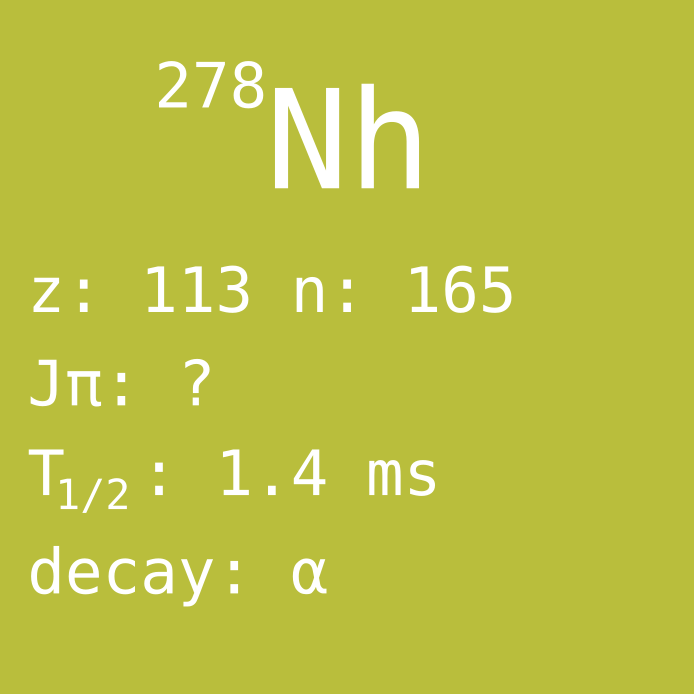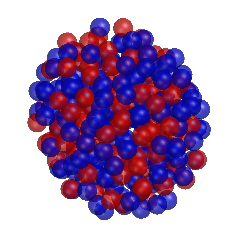

In the world of nuclear physics, the discovery of new elements is considered to be a prestigious achievement. Nuclear laboratories in various countries are in constant competition in being the first to identify the next element. By now, we have created elements with atom numbers reaching far above the natural uranium, with the heaviest element currently being oganesson, atom number 118. Many bombardements of heavy nuclei have been conducted, and the Germans, Americans and Russians are leading the race in terms of super-heavy element discoveries. One can sense there being some pride in the discovery of new elements, leading to this race between nations.
The heaviest nuclides are created by colliding smaller nuclei, with asymmetric masses. Usually, a target of the heavy element is bombarded by ions of the lighter one, supplied by an accelerator. Sometimes, they may fuse, and the radioactive decays that follow are studied to learn about what you got.
The nuclear scientists at the RIKEN NISHINA center outside of Tokyo made tremendous efforts to discover new elements in this manner, during many years. In 2004 RIKEN started shooting Zn-70 ions on Bi-209, eventually producing the new element with atom number 113. The reaction was “observed” after one neutron emission and 4 alpha decays occurred, passing through the exotic heavy nuclides Rg-274, Mt-270, Bh-266 and Db-262:
Bi-209 + Zn-70 → Nh-279* → Nh-278 + n → multiple alpha decays
One might wonder: What is the statistical uncertainty, when only one event was collected during the whole campaign? Actually, the initial finding did not convince the organization IUPAC (International Union of Pure and Applied Chemistry), that set the standard for upgrading the periodic table with new elements. It was however accepted later because of another event, years later, when all the subsequent alpha decays from the initial Nh-278 were detected, thereby confirming the entire chain of decays that started with nihonium. Still, much heated debate seems to be a regular occurence before accepting new elements. In 2015 when the time for Japan finally came when the IUPAC finally recognised their discovery, there was in fact also a dispute as to who discovered it first, Dubna (Russia) or RIKEN.
The new element was eventually named “Nihonium” which literally means “Japan” (Nihon 日本). The leader of the discovery team was prof. Kōsuke Morita.

© 2020 Zs. Elter, P. Andersson and A. Al-Adili